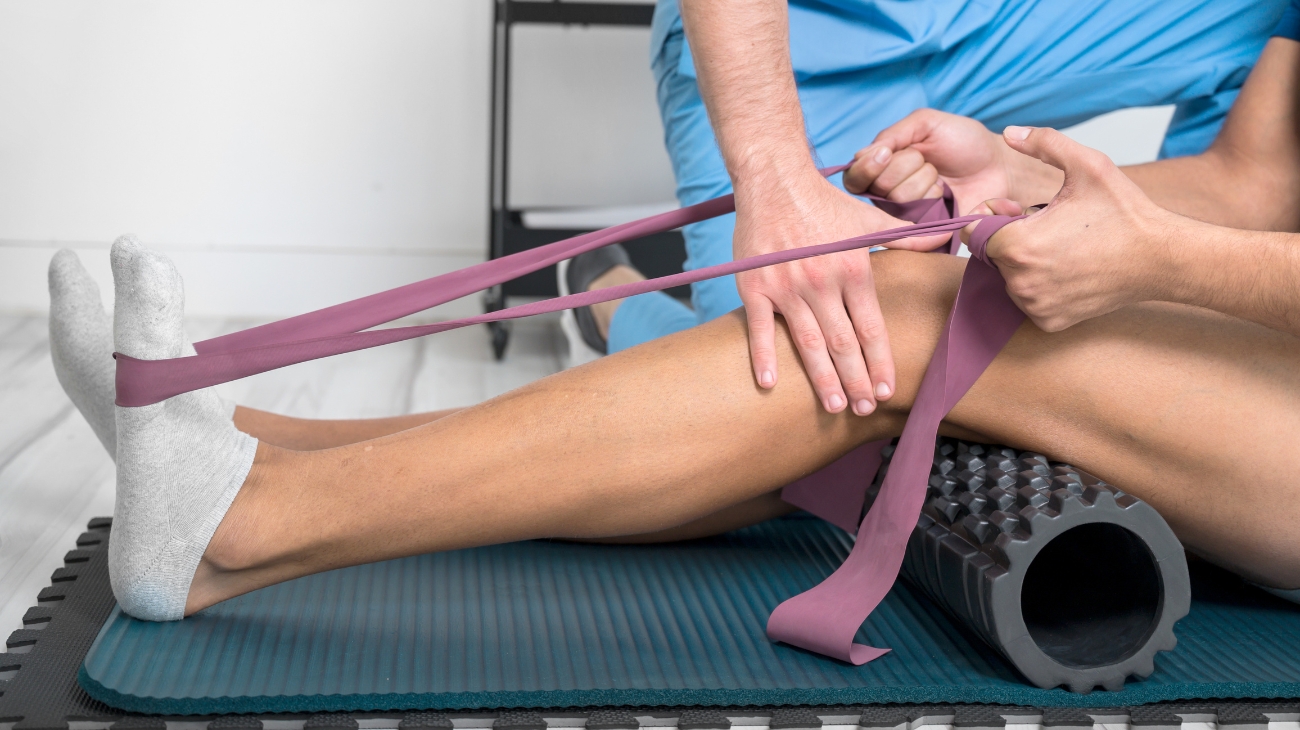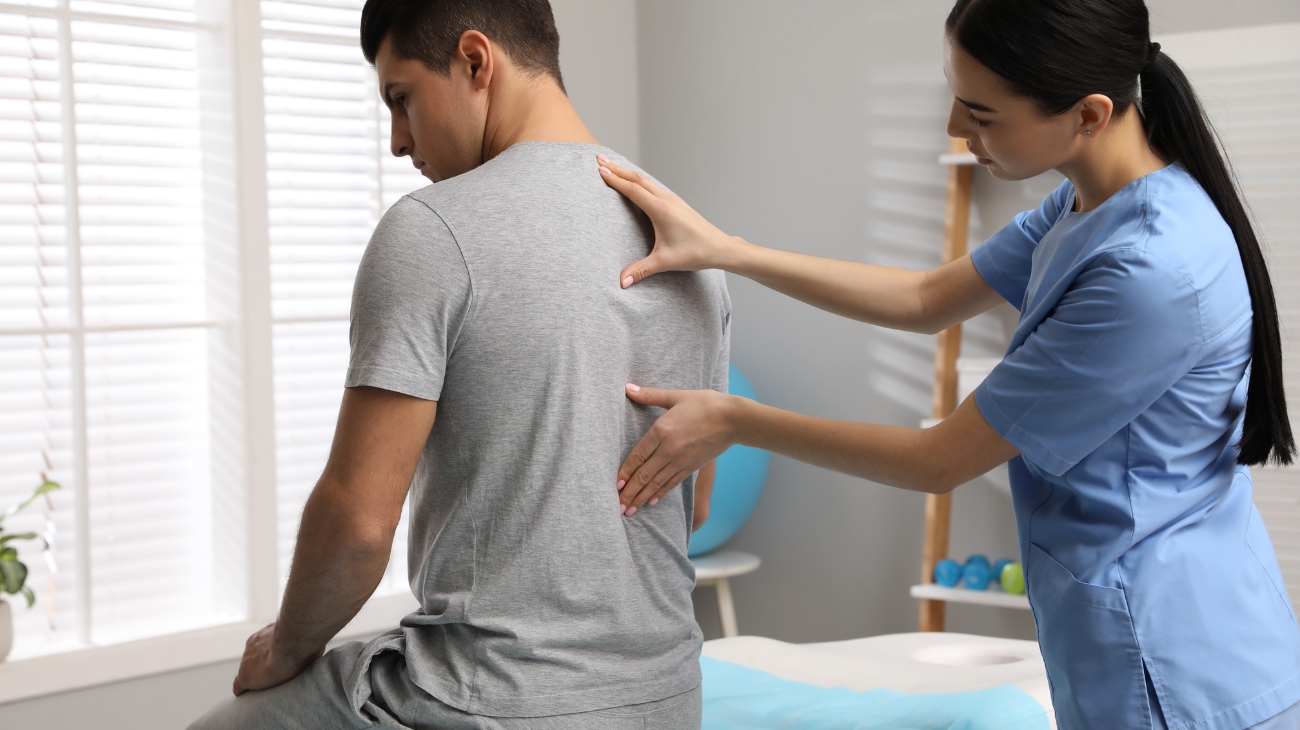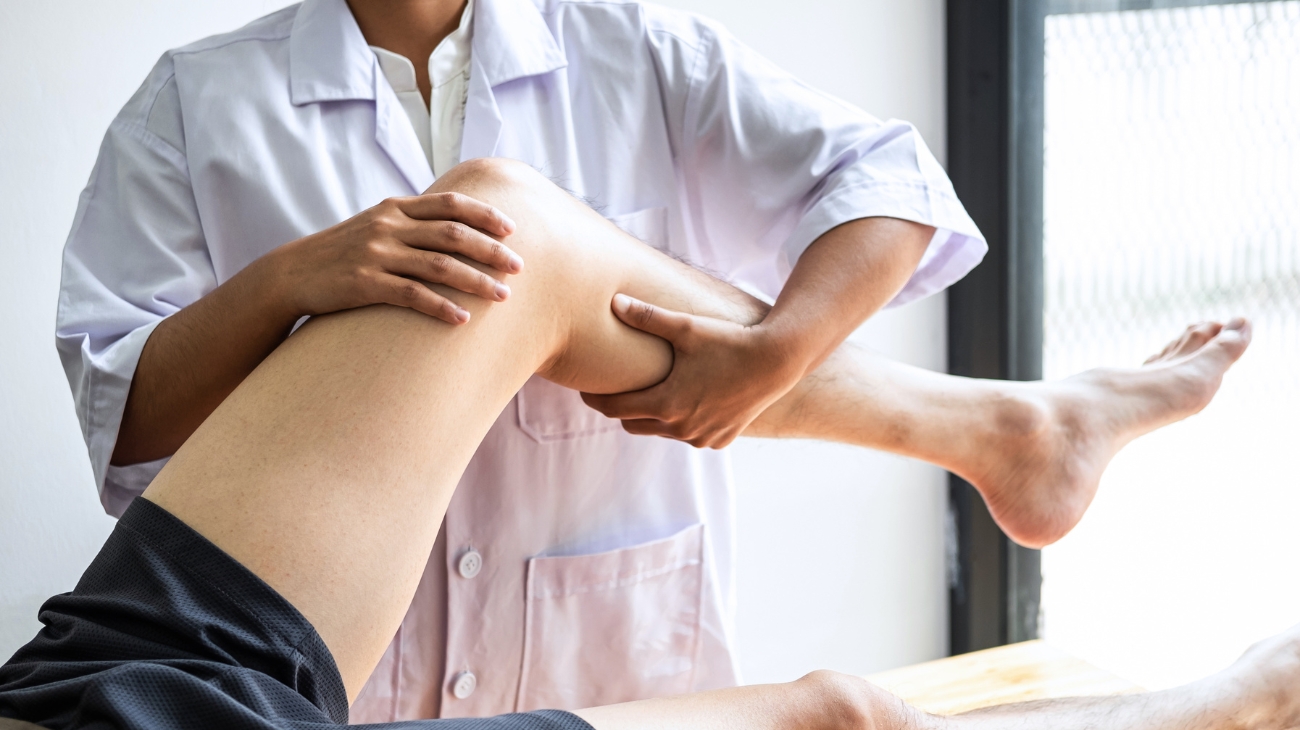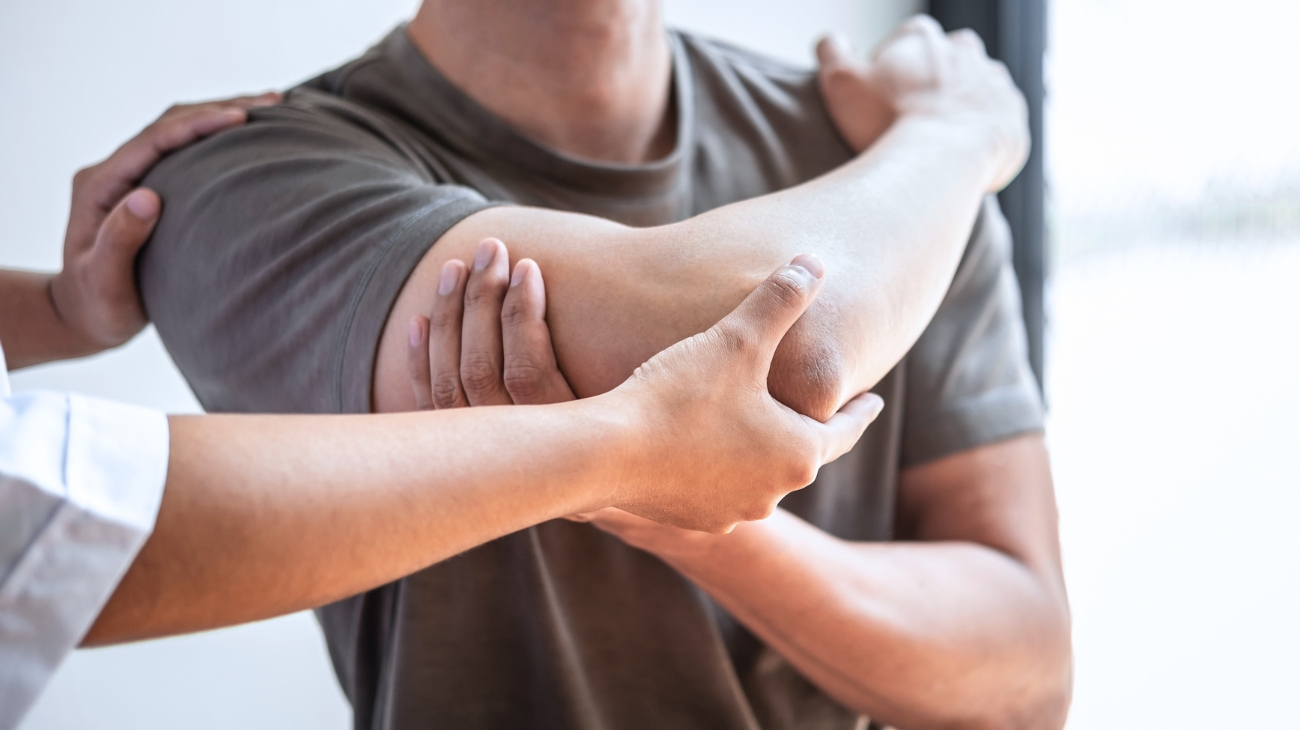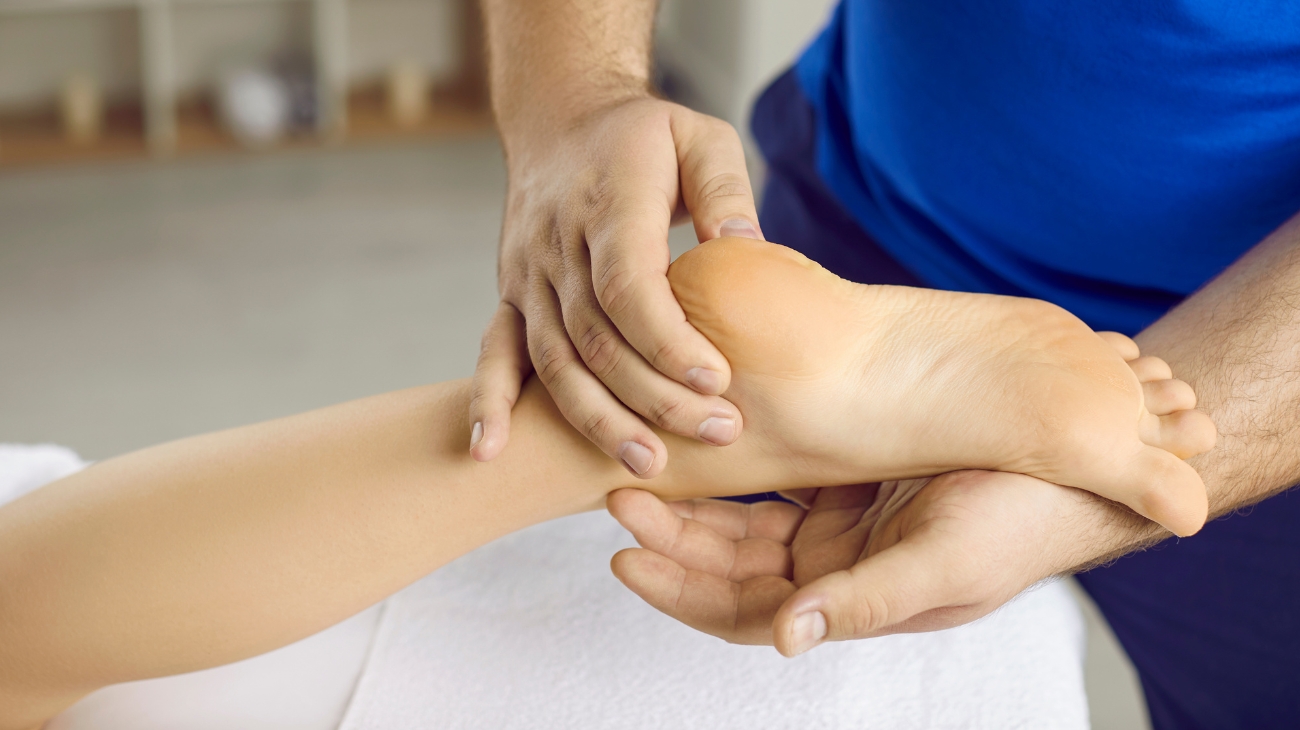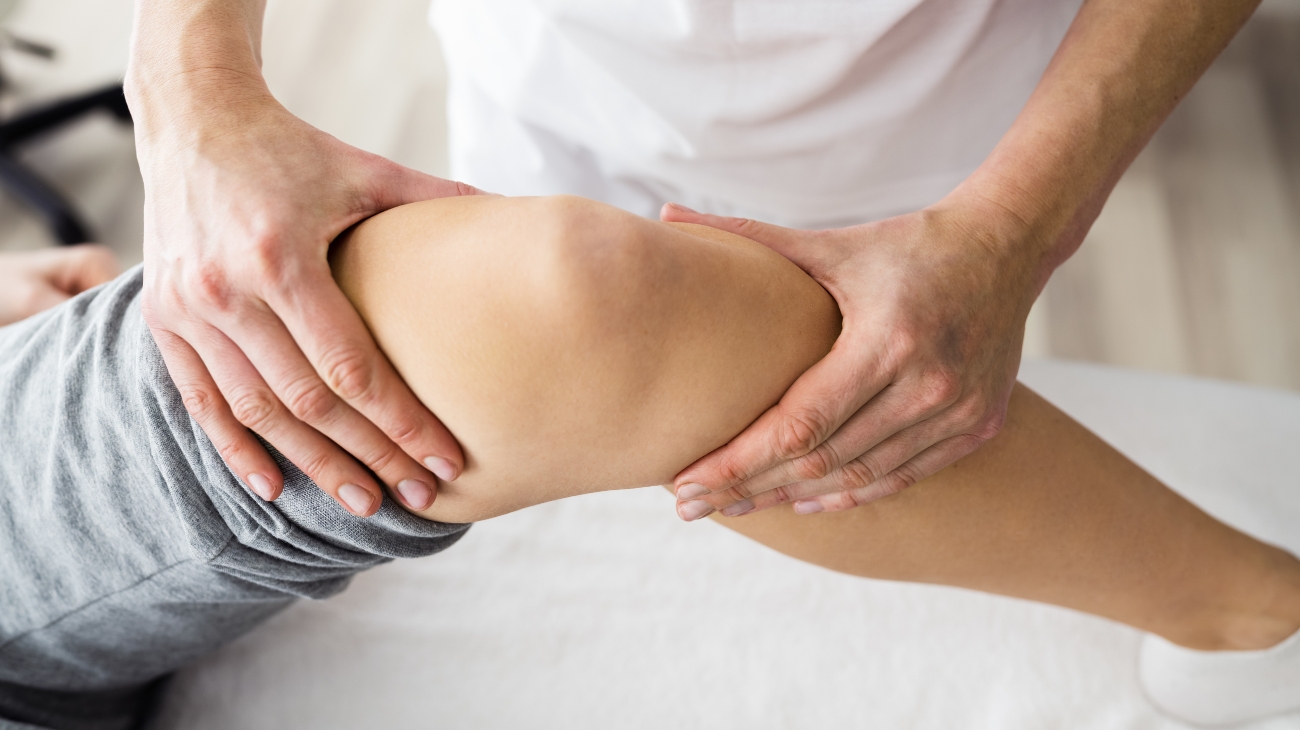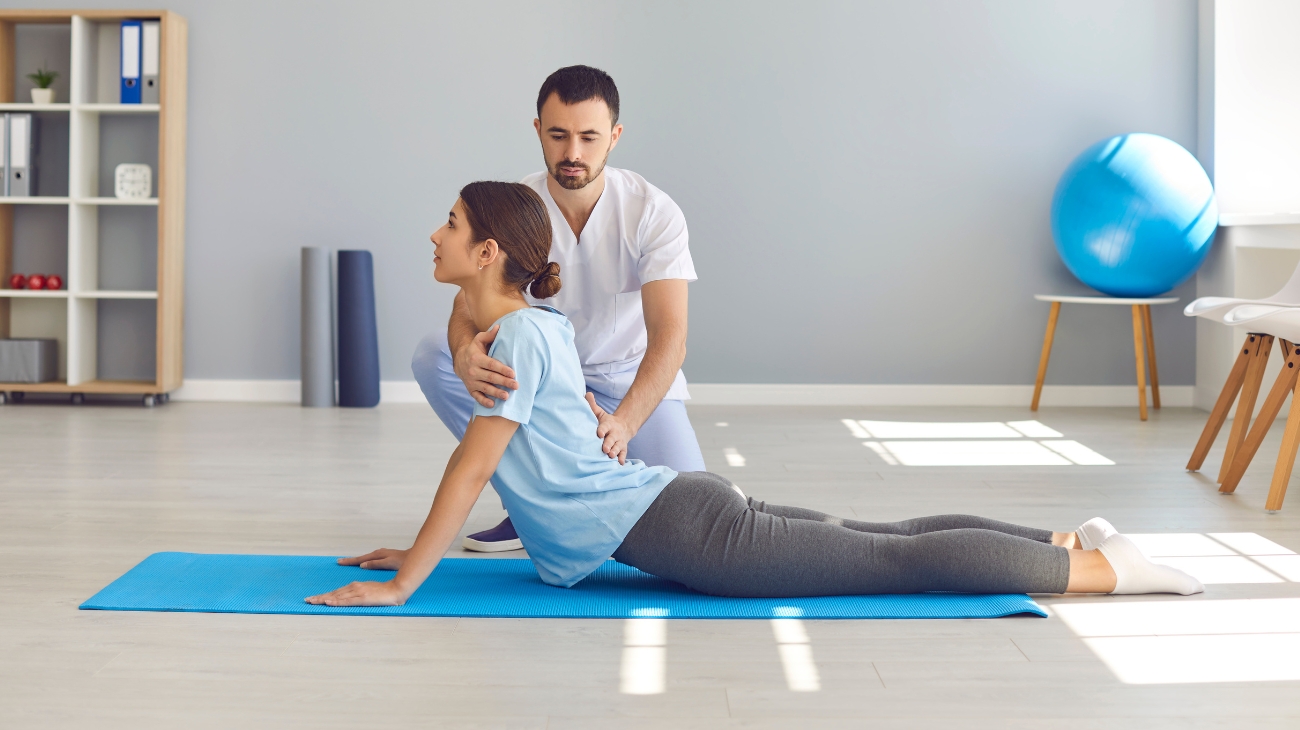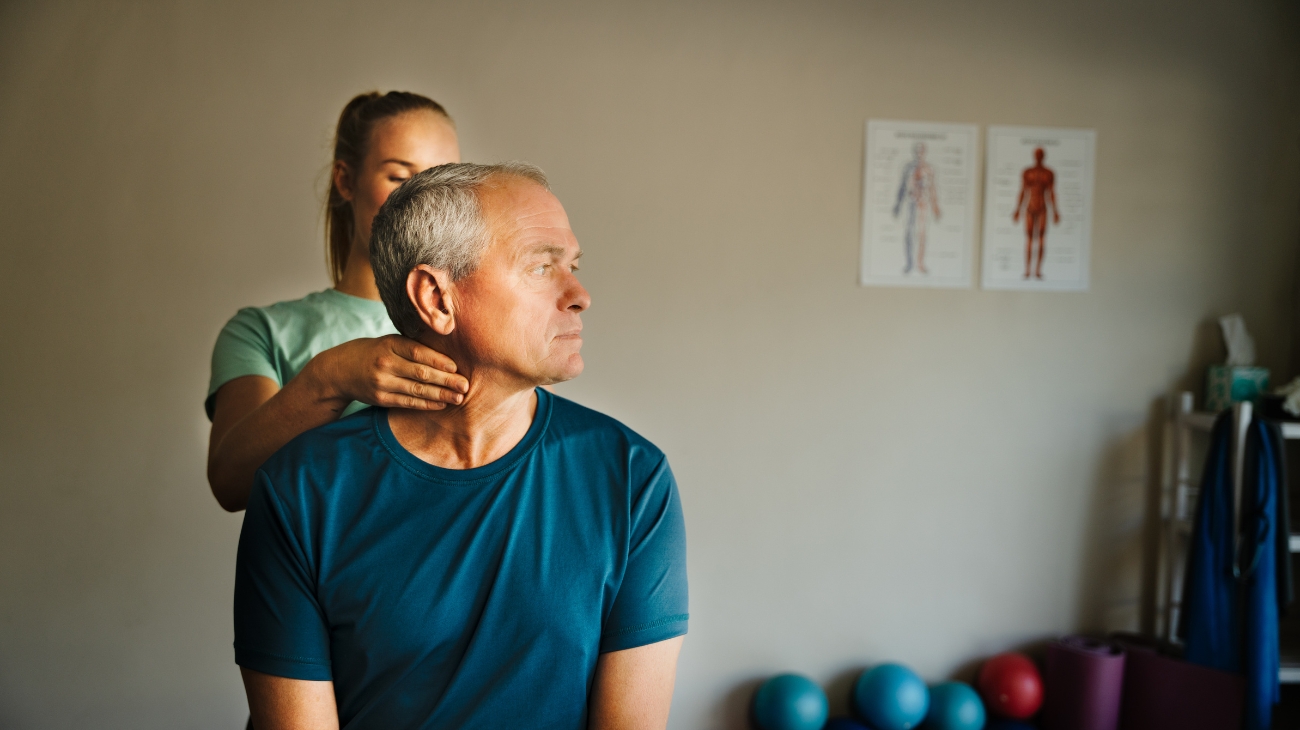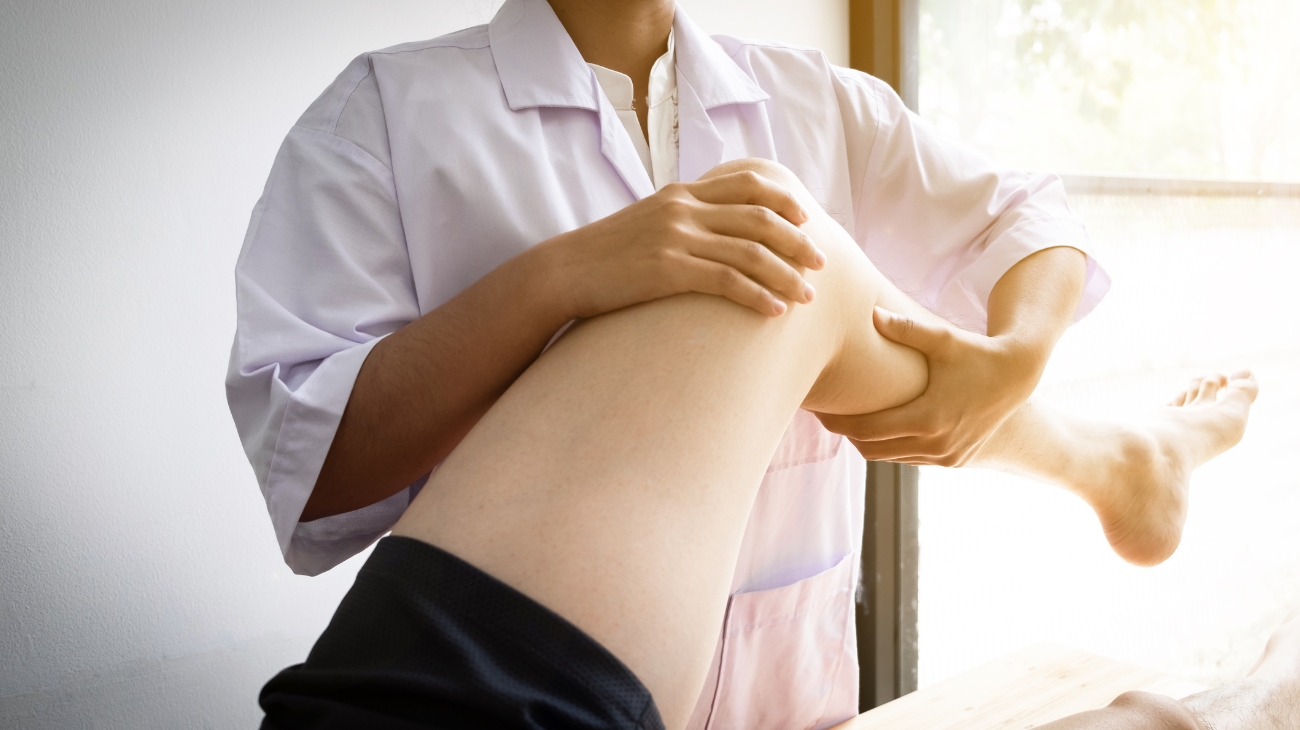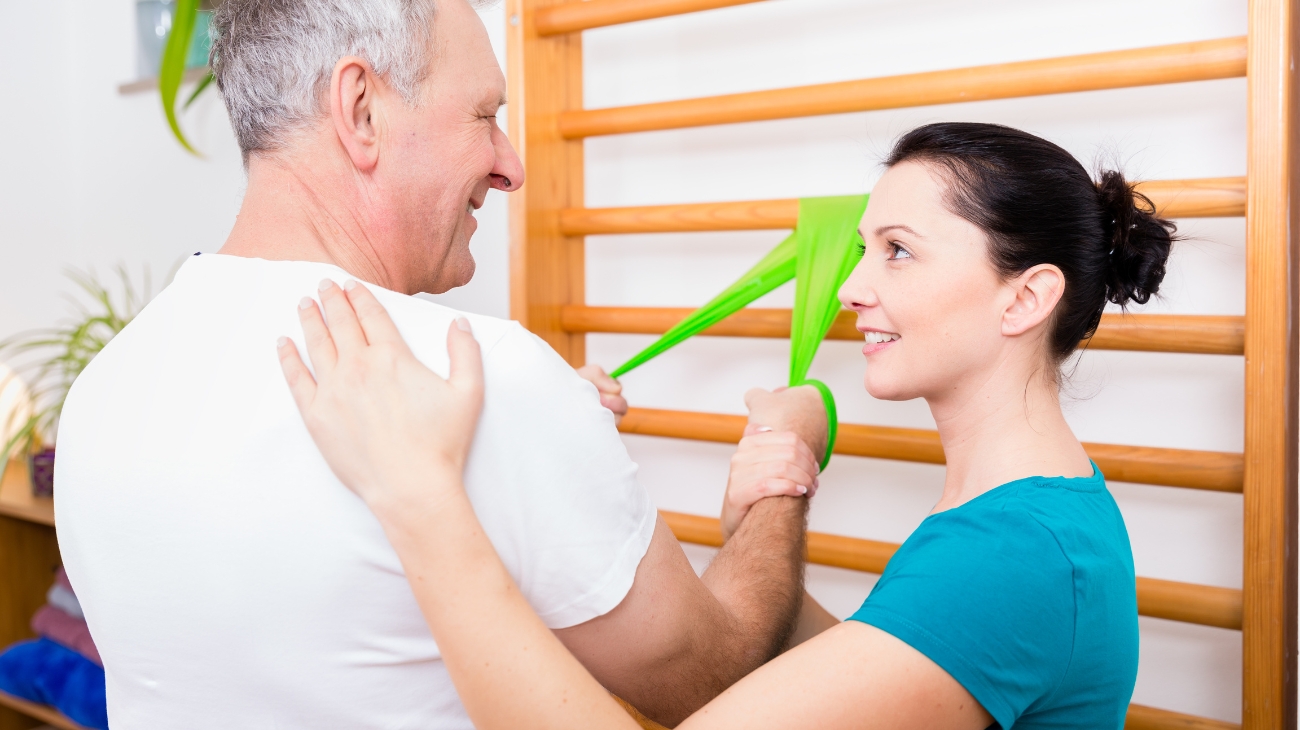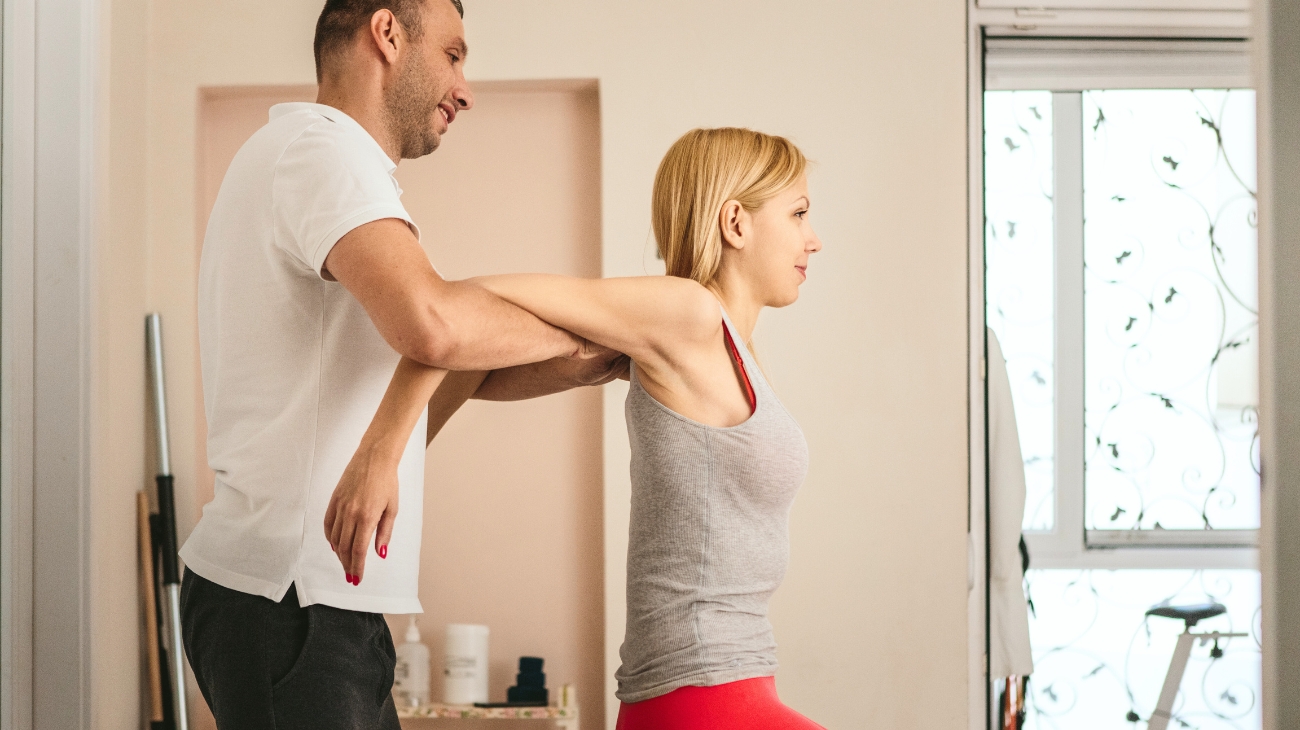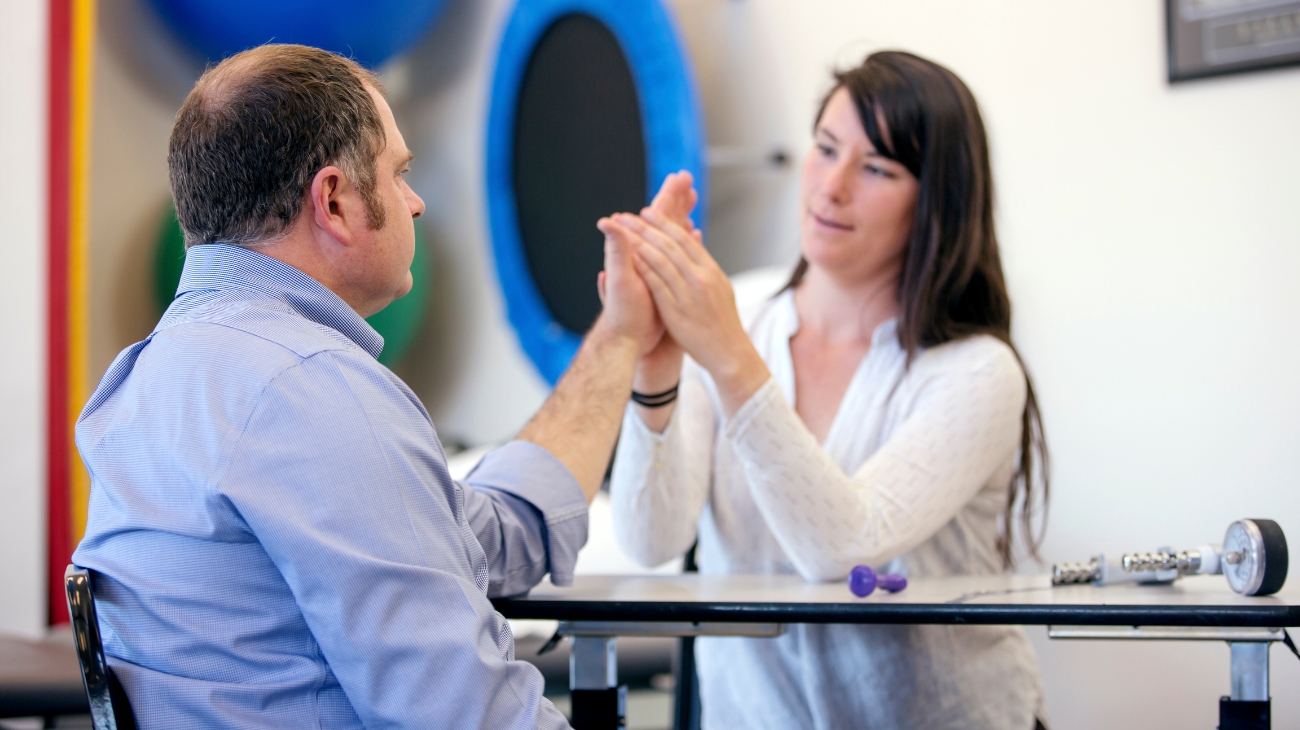It is important to know the best exercises for hip joint rehabilitation and pain relief because hip joint injuries or conditions can significantly impact an individual's mobility and quality of life. Rehabilitation exercises can help improve hip joint strength, flexibility, and range of motion, thereby reducing pain and enhancing the ability to perform daily activities.
Hip joint exercises can also help prevent future injuries and conditions by strengthening the surrounding muscles and improving joint stability. This can be particularly important for athletes or individuals who engage in activities that place significant stress on the hip joint.
Best hip rehab and mobility exercises
Furthermore, a lack of exercise or movement can lead to further stiffness, weakness, and loss of function in the hip joint, which can worsen existing conditions or lead to the development of new ones. Regular exercise and rehabilitation can also have positive effects on overall health, including improved cardiovascular function, increased muscle mass, and weight loss.
1 - Clamshell
The Clamshell exercise is an effective way to target the muscles of the hip, specifically the gluteus medius:
- Lie on your side with your legs bent at a 90-degree angle and your feet together.
- Ensure your head, shoulders, and hips are aligned against a wall or in a straight line.
- Keep your feet touching and lift your top knee as high as you can without moving your pelvis.
- Squeeze your glute muscles at the top of the movement.
- Lower your knee back down in a controlled manner.
- Perform 2-3 sets of 10-15 repetitions on each side.
Muscles involved:
- Gluteus Medius: This muscle is the primary mover in the Clamshell and is responsible for hip abduction.
- Gluteus Minimus: This smaller hip muscle works in conjunction with the medius.
- Tensor Fasciae Latae (TFL): This hip muscle is also engaged during hip abduction.
2 - Fire Hydrant
The Fire Hydrant exercise is a great way to target the hip abductors, specifically the gluteus medius and minimus, promoting hip stability and mobility:
- Begin in a tabletop position on your hands and knees, with your wrists under your shoulders and knees under your hips.
- Keep your core engaged to stabilize your spine.
- Lift one knee out to the side, keeping it bent at a 90-degree angle and your foot flexed.
- Ensure your hips and pelvis remain level throughout the movement.
- Hold the lifted position briefly, feeling the contraction in your hip abductors.
- Lower your knee back down in a controlled manner.
- Repeat the movement on the same side for 2-3 sets of 10-15 repetitions.
- Switch to the other side.
Muscles involved:
- Gluteus Medius: This muscle is the primary mover and is responsible for hip abduction.
- Gluteus Minimus: This smaller hip muscle works in conjunction with the medius.
- Tensor Fasciae Latae (TFL): This hip muscle is also engaged during hip abduction.
3 - Hip Adduction (Bands)
Hip Adduction with elastic bands is a valuable exercise to strengthen the muscles responsible for bringing your thighs together:
- Attach an elastic band to a stable anchor or use a specialized band designed for this exercise.
- Fasten the band around your ankles and stand with your feet hip-width apart.
- Maintain a slight bend in your knees, engage your core, and keep your upper body upright.
- Slowly move one leg horizontally across your body, against the resistance of the band, without allowing your pelvis to tilt.
- Pause briefly when your legs are together.
- Return to the starting position in a controlled manner.
- Perform 2-3 sets of 10-15 repetitions on each leg.
Muscles involved:
- Adductor Magnus: This muscle is the primary mover, responsible for hip adduction.
- Adductor Longus and Brevis: These muscles, collectively known as the adductors, assist in bringing the thighs together.
- Gracilis: This muscle also contributes to hip adduction.
4 - Hip Extension
Hip extension exercises are excellent for strengthening the posterior chain and enhancing hip function:
- Begin in a standing position with your feet hip-width apart.
- Place your hands on your hips or hold onto a stable surface for balance.
- Engage your core muscles to stabilize your spine.
- Shift your weight onto one leg while keeping a slight bend in the knee.
- Slowly lift your opposite leg straight behind you, squeezing your glutes at the top of the movement.
- Keep your back straight and avoid arching or rounding your spine.
- Lower your leg back down with control.
- Perform 2-3 sets of 10-15 repetitions on each leg.
Muscles involved:
- Gluteus Maximus: This muscle is the primary mover responsible for hip extension.
- Hamstrings: These muscles assist in extending the hip joint.
- Erector Spinae: These muscles along the spine help maintain a stable trunk.
- Transverse Abdominis: This deep core muscle provides stability.
5 - Knee To Heel Taps
Knee To Heel Taps is an effective exercise to improve core strength and stability:
- Lie on your back with your knees bent, feet flat on the floor, and arms by your sides.
- Engage your core muscles to press your lower back into the floor.
- Lift your feet off the ground, bringing your knees up over your hips at a 90-degree angle.
- Slowly lower your right heel to tap the floor while keeping your core engaged.
- Return your right leg to the starting position and repeat the movement with your left leg.
- Continue alternating leg taps while maintaining core engagement.
- Perform 2-3 sets of 12-15 repetitions on each leg.
Muscles involved:
- Rectus Abdominis: These are the primary muscles responsible for flexing the spine and bringing the knees toward the chest.
- Transverse Abdominis: This deep core muscle provides stability to the spine and pelvis.
- Obliques: Both the internal and external obliques assist in trunk rotation and stabilization.
- Hip Flexors: These muscles help in raising the legs to the chest.
6 - Lunge
Lunges are a versatile lower body exercise that enhance leg strength and stability:
- Start by standing with your feet hip-width apart.
- Take a step forward with one foot, ensuring your knee doesn't go past your toes.
- Lower your body until both knees are at 90-degree angles.
- Your back knee should hover just above the ground.
- Push through the heel of your front foot to return to the starting position.
Muscles involved:
- Quadriceps: These muscles extend the knee.
- Gluteus Maximus: The primary hip extensor provides power for the ascent.
- Hamstrings: They assist in knee flexion and hip extension.
- Calves: Calf muscles offer ankle stability.
- Core muscles: Engaging the core helps maintain balance.
7 - Seated Hip Flexion (Bands)
Seated Hip Flexion with elastic bands is a beneficial exercise to strengthen the hip flexor muscles while seated, making it suitable for individuals with limited mobility:
- Sit on a sturdy chair or bench with your back straight and feet flat on the floor.
- Secure one end of an elastic band under your feet and hold the other end against your thigh, just above your knee.
- Keep your core engaged for stability.
- Begin by lifting your knee against the resistance of the band, bringing it toward your chest.
- Pause briefly at the top of the movement while feeling the contraction in your hip flexors.
- Slowly lower your leg back down.
- Perform 2-3 sets of 10-15 repetitions on each leg.
Muscles involved:
- Iliopsoas: This muscle group includes the iliacus and psoas major and is primarily responsible for hip flexion.
- Rectus Femoris: This quadriceps muscle also contributes to hip flexion.
8 - Side Lunge Hip Rotations
Side Lunge Hip Rotations are an excellent exercise for enhancing hip mobility and strengthening the hip muscles:
- Begin in a standing position with your feet hip-width apart and hands on your hips.
- Take a wide step to the side with your right leg, bending your right knee to lower your body into a side lunge. Keep your left leg straight.
- As you lunge to the right, rotate your hips to the right side while keeping your chest facing forward.
- Return to the starting position by pushing off your right foot and straightening your knee.
- Repeat the movement on the left side.
- Perform 2-3 sets of 10-12 repetitions on each side.
Muscles involved:
- Gluteus Medius: This hip muscle aids in hip abduction and rotation.
- Adductors: The inner thigh muscles contribute to hip stability.
- Quadriceps: These muscles extend the knee during the lunge.
- Hamstrings: They assist in hip extension and knee flexion.
9 - Single Leg Deadlift
The Single Leg Deadlift is a fantastic exercise for improving balance, stability, and strength in the lower body and core:
- Begin by standing on one leg with a slight bend in the knee. Keep the other leg slightly lifted behind you.
- Maintain a straight back and engage your core for stability.
- Hinge at your hips, leaning forward as you lower your torso while extending the lifted leg backward.
- Continue lowering until your body forms a straight line from your head to your extended heel.
- Ensure your hips remain square and parallel to the ground.
- Reverse the movement by driving your hips forward and returning to the starting position.
- Perform 2-3 sets of 8-12 repetitions on each leg.
Muscles involved:
- Gluteus Maximus: The primary muscle responsible for hip extension.
- Hamstrings: These muscles assist in hip extension and knee flexion.
- Erector Spinae: These muscles along the spine help maintain an erect posture.
- Core Muscles: The core engages to stabilize the spine and pelvis during the movement.
10 - Standing Hip Flexor Stretch
The Standing Hip Flexor Stretch is an effective way to target the hip flexor muscles and improve flexibility in the front of the hip:
- Stand upright with your feet hip-width apart.
- Take a step back with one foot, about two to three feet behind the other.
- Keep your toes pointed forward and your back straight.
- Engage your core muscles to stabilize your spine.
- Shift your weight slightly forward to feel a stretch in the hip of the back leg.
- To increase the stretch, gently tilt your pelvis backward while maintaining an upright posture.
- Hold the stretch for 20-30 seconds while breathing deeply.
- Repeat on the other side.
Muscles involved:
- Iliopsoas: This muscle group includes the iliacus and psoas major and is a primary hip flexor.
- Rectus Femoris: This quadriceps muscle also contributes to hip flexion.
Best products for hip pain relief
Bestseller
-
Heating Pad for Microwave Classic Bottle Shaped (Hearts)
$24.95 -
Heating Pad for Microwave Classic Bottle Shaped (Oxford)
$24.95 -
Heating Pad for Microwave Classic Bottle Shaped (Sport)
$24.95 -
Microwave Heating Pad for Back Pain Relief (Extra Large) (Hearts)
$29.95 -
Microwave Heating Pad for Back Pain Relief (Extra Large) (Oxford)
$29.95 -
Microwave Heating Pad for Back Pain Relief (Extra Large) (Sport)
$29.95 -
Microwave Heating Pad for Neck & Shoulder Pain Relief (Hearts)
$29.95 -
Microwave Heating Pad for Neck & Shoulder Pain Relief (Oxford)
$29.95 -
Microwave Heating Pad for Neck & Shoulder Pain Relief (Sport)
$29.95 -
Microwaveable Heating Pad for Pain Relief (Hearts)
$24.95 -
Microwaveable Heating Pad for Pain Relief (Oxford)
$24.95 -
Microwaveable Heating Pad for Pain Relief (Sport)
$24.95
-
Back Support Belt (Black)
$49.95 -
Back Support Belt (Green)
$49.95 -
Back Support Belt (Pink)
$49.95 -
Ice Massage Roller Ball (Black)
$39.95 -
Ice Massage Roller Ball (Green)
$39.95 -
Ice Massage Roller Ball (Pink)
$39.95 -
Sacroiliac Support Belt (Black)
$29.95 -
Sacroiliac Support Belt (Green)
$29.95 -
Sacroiliac Support Belt (Pink)
$29.95 -
Soft Density Foam Roller for Recovery (Black)
$39.95 -
Soft Density Foam Roller for Recovery (Green)
$39.95 -
Soft Density Foam Roller for Recovery (Pink)
$39.95
Most common hip injuries
The most common hip injuries I see include:
- Hip osteoarthritis: a degenerative joint disease that affects the cartilage and bone in the hip joint, causing pain, stiffness, and reduced range of motion.
- Hip bursitis: inflammation of the bursa, a fluid-filled sac that cushions and lubricates the hip joint, leading to pain and tenderness in the hip and surrounding areas.
- Hip labral tear: a tear in the labrum, a ring of cartilage that helps to stabilize the hip joint, causing pain, stiffness, and a feeling of clicking or catching in the hip.
- Hip flexor strain: a muscle strain in the front of the hip that can cause pain, stiffness, and difficulty walking or bending.
- Hip fracture: a break in the hip bone, most commonly occurring in older adults due to osteoporosis or trauma.
- Piriformis syndrome: compression or irritation of the piriformis muscle, leading to pain, numbness, and tingling in the hip and buttock region.
- Snapping hip syndrome: a condition where the tendons or muscles in the hip cause a snapping or popping sensation, often accompanied by pain and discomfort.
It's important to seek medical attention if you experience persistent hip pain or difficulty moving your hip joint, as early intervention and treatment can prevent further damage and promote faster recovery.
Benefits of rehab exercises for hip injuries
Performing rehabilitation and mobility exercises for hip injuries can provide various benefits, including:
- Pain relief: Rehab and mobility exercises can help reduce pain and discomfort associated with hip injuries by improving blood flow, reducing inflammation, and restoring normal joint mechanics.
- Improved mobility and flexibility: These exercises can help increase range of motion and flexibility of the hip joint, which can help improve overall mobility and reduce the risk of future injuries.
- Strengthening of the hip muscles: Certain exercises can help strengthen the muscles around the hip joint, which can improve stability, support the joint, and reduce the risk of further injury.
- Improved balance and coordination: Some hip rehabilitation exercises can help improve balance and coordination, which is important for daily activities and sports performance.
- Prevention of future injuries: By addressing the underlying issues and imbalances that contributed to the injury, rehabilitation and mobility exercises can help prevent future injuries and improve overall joint health.
F.A.Q: Frequently asked questions
References
- Boyd, K. T., Peirce, N. S., & Batt, M. E. (1997). Common hip injuries in sport. Sports Medicine, 24, 273-288. https://link.springer.com/article/10.2165/00007256-199724040-00005
- Bearne, L. M., Walsh, N. E., Jessep, S., & Hurley, M. V. (2011). Feasibility of an exercise‐based rehabilitation programme for chronic hip pain. Musculoskeletal Care, 9(3), 160-168. https://onlinelibrary.wiley.com/doi/abs/10.1002/msc.209
- Kuhlman, G. S., & Domb, B. G. (2009). Hip impingement: identifying and treating a common cause of hip pain. American family physician, 80(12), 1429-1434. https://www.aafp.org/pubs/afp/issues/2009/1215/p1429.html
- Trudelle-Jackson, E., & Smith, S. S. (2004). Effects of a late-phase exercise program after total hip arthroplasty: a randomized controlled trial. Archives of physical medicine and rehabilitation, 85(7), 1056-1062. https://www.sciencedirect.com/science/article/abs/pii/S000399930400156X
- Tak, E., Staats, P., Van Hespen, A., & Hopman-Rock, M. (2005). The effects of an exercise program for older adults with osteoarthritis of the hip. The Journal of rheumatology, 32(6), 1106-1113. https://www.jrheum.org/content/32/6/1106.short
- Blankenbaker, D. G., & De Smet, A. A. (2010). Hip injuries in athletes. Radiologic Clinics, 48(6), 1155-1178. https://www.radiologic.theclinics.com/article/S0033-8389(10)00117-X/fulltext
- Latham, N. K., Harris, B. A., Bean, J. F., Heeren, T., Goodyear, C., Zawacki, S., ... & Jette, A. M. (2014). Effect of a home-based exercise program on functional recovery following rehabilitation after hip fracture: a randomized clinical trial. Jama, 311(7), 700-708. https://jamanetwork.com/journals/jama/article-abstract/1829991
- McNair, P. J., Simmonds, M. A., Boocock, M. G., & Larmer, P. J. (2009). Exercise therapy for the management of osteoarthritis of the hip joint: a systematic review. Arthritis research & therapy, 11(3), 1-9. https://arthritis-research.biomedcentral.com/articles/10.1186/ar2743
- Wen, D. Y. (2007). Risk factors for overuse injuries in runners. Current sports medicine reports, 6(5), 307-313. https://link.springer.com/article/10.1007/s11932-007-0067-y
- Fernandes, L., Storheim, K., Nordsletten, L., & Risberg, M. A. (2010). Development of a therapeutic exercise program for patients with osteoarthritis of the hip. Physical therapy, 90(4), 592-601. https://academic.oup.com/ptj/article/90/4/592/2888235

























































